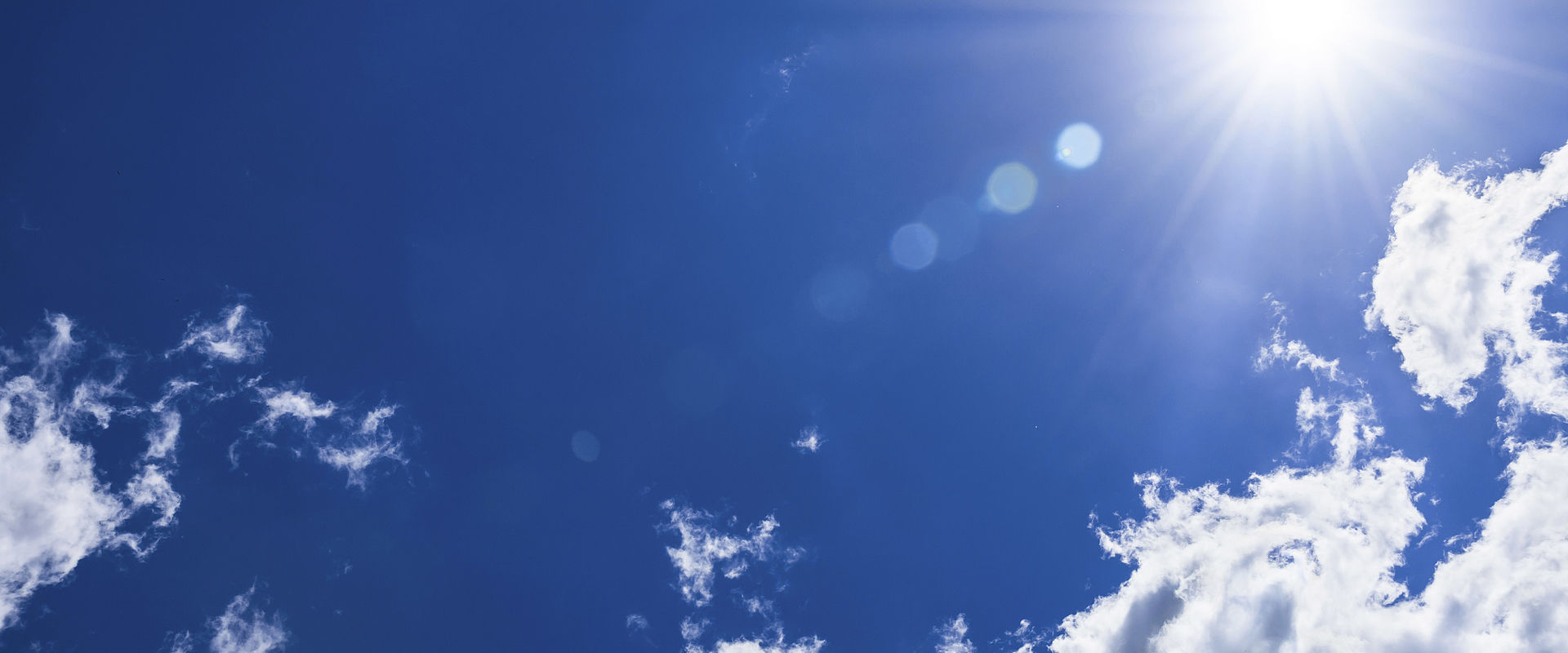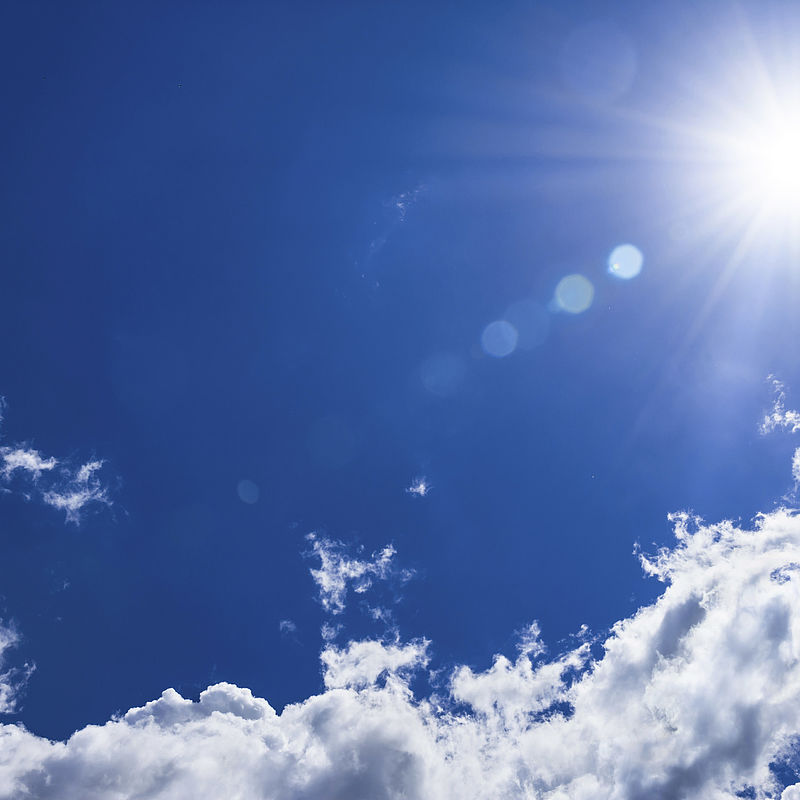
Better optics for UV monitoring
Challenge
Brewer spectrophotometers are among the most sophisticated instruments currently used to measure stratospheric ozone and solar UV radiation. Global solar UV radiation entering the spectrophotometer is sampled by a diffusion plate to measure its intensity. The diffusion characteristics of this entrance optic is one of the most important components of these complex measurement systems and currently the most suitable available material is Teflon. However Teflon presents a number of problems. The material distorts with temperature change and is damaged over time by the UV radiation that falls onto it, requiring the introduction of time-consuming corrections. The accuracy of Teflon-based instruments is significantly affected by the position of the Sun in the sky – by as much as 10% between the Sun is at its maximum height and the low angles at sunrise, sunset and during the winter months. To increase the accuracy and comparability of UV radiation measurements, the research community needs improved instrumentation, capable of providing accurate measurements regardless of the time of day or year
Solution
The EMRP project Traceability for surface spectral solar ultraviolet radiation developed improved calibration methods, instruments and procedures to enable better comparability of UV radiation measurements. These research outputs were used to improve the measurement performance of the world’s primary spectrophotometer, QASUME to which all other measurements are linked.
Impact
Project partner, Aalto University, working with industrial partners, Kipp & Zonen and CMS Ing.Dr.Schreder GmbH, designed new diffusion plates for Brewer spectrophotometers using novel quartz-based materials. The new quartz materials can be more easily formed into complex shapes and improve the accuracy of low angle solar UV measurements. Simulations performed by Aalto University were used to optimise the new design and prototype optics were validated using QASUME. Products incorporating the new optics will soon be commercially-available to customers requiring highly-accurate measurements of solar UV for ozone studies.
CMS Ing.Dr.Schreder GmbH, an Austrian instrumentation company, is marketing the system for research institutes and companies that already have UV spectrophotometers, enabling them to upgrade their instruments to make improved low angle measurements.
Kipp & Zonen, a leading manufacturer of solar radiation measurement instruments, will introduce upgraded optics in its commercially-available spectrophotometers as a result of interactions with the project and will also launch a kit to enable installation of the improved optics system on customers’ existing instruments.
The incorporation of the quartz optics into new and existing spectrophotometers is giving the UV community greater confidence in the accuracy of the solar UV measurements and helping atmospheric researchers and health protection agencies to reliably assess long-term changes in the Earth’s protective ozone layer.
- Category
- EMRP,
- Environment,
